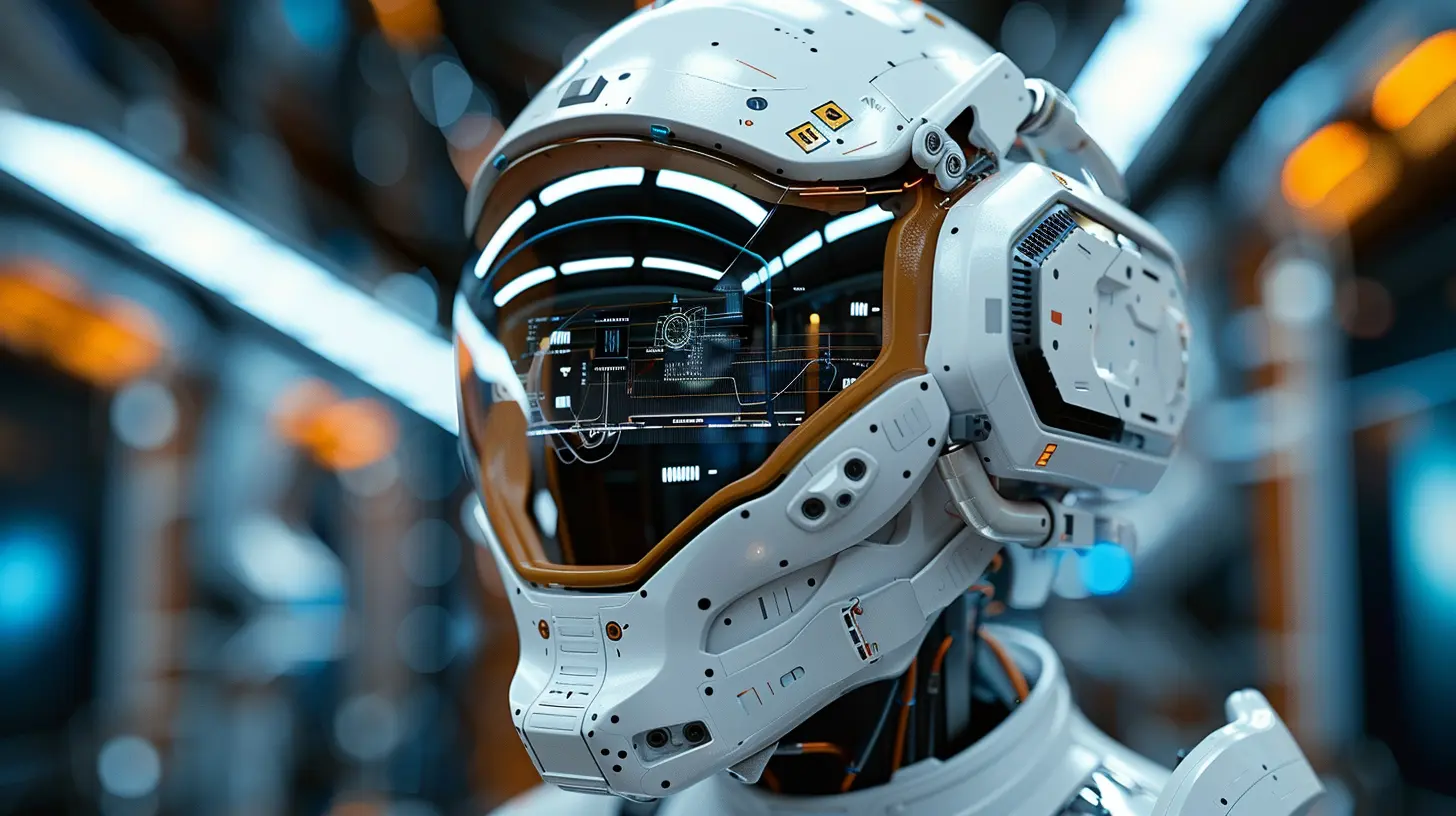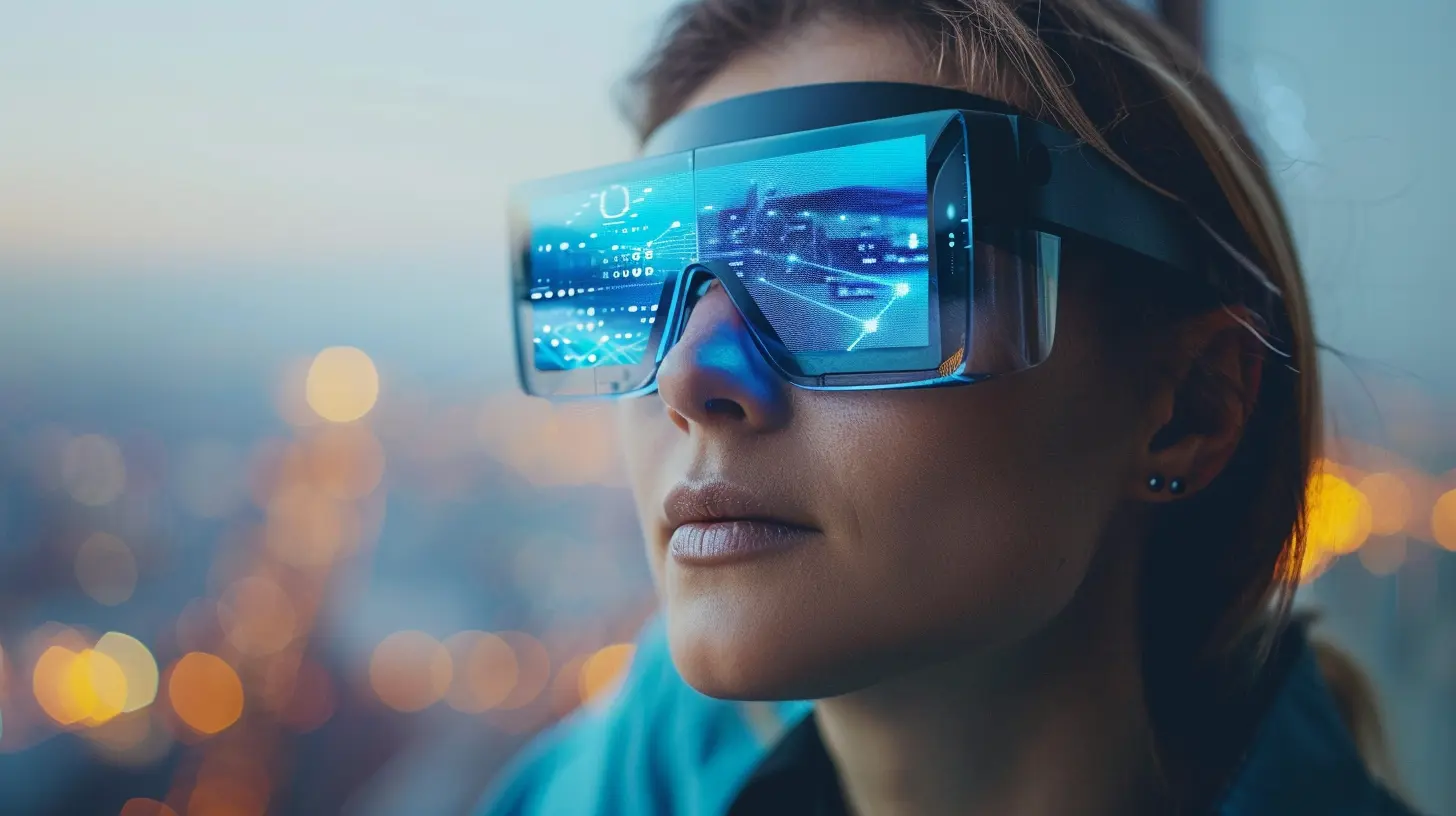The Role of AI in Wearable Tech: What’s Next?
27 October 2025
Wearable technology has come a long way from simple step counters and fitness trackers. With artificial intelligence (AI) taking center stage, our wearables are becoming smarter, more intuitive, and incredibly personalized. But where is this all heading? What’s the next big leap for AI in wearable tech?
Let’s dive deep into how AI is revolutionizing wearable devices and what the future may hold.

How AI Is Transforming Wearable Technology
AI has already made its mark in wearables, enhancing everything from health tracking to user experiences. Here’s how it’s changing the game:1. Health and Wellness Tracking
AI-powered wearables are no longer just about counting steps or measuring heart rates. Today, devices like smartwatches and fitness bands analyze vast amounts of health data to provide meaningful insights.- Early disease detection: AI-equipped wearables can detect irregular heart rhythms, changes in oxygen levels, and other subtle health indicators. For example, the Apple Watch's ECG feature has helped countless users identify atrial fibrillation before it became a severe issue.
- Personalized health recommendations: Wearables aren’t just collecting data; they’re learning from it. AI analyzes past patterns to give personalized workout suggestions, sleep enhancements, or even nutrition advice.
2. Smart Assistants on Your Wrist
Virtual assistants like Siri, Google Assistant, and Alexa are already in our smartphones. But AI-driven wearables are making these assistants even more accessible and conversational.- Imagine your smartwatch telling you to take a deep breath during a stressful meeting based on heart rate analysis.
- Or, your AI assistant reminding you about hydration based on your sweat levels.
These small but impactful nudges make a huge difference in our daily lives.
3. Enhanced Mental Health Monitoring
Wearables are now focusing on mental well-being alongside physical health.- AI-powered devices monitor stress levels using heart rate variability and skin temperature.
- Some wearables, like the Muse headband, use AI to guide meditation and improve focus.
- Future AI-driven wearables might even detect early signs of depression or anxiety based on speech patterns, facial expressions, or biometric data.
4. AI-Powered Sleep Optimization
Gone are the days of wearables just tracking sleep cycles. AI is now analyzing deep sleep, REM cycles, and disturbances to provide actionable insights.- Smartwatches and fitness bands can recommend sleep improvements based on past data.
- AI-driven sleep tech could soon predict when you're likely to wake up in the middle of the night and suggest adjustments in advance.
- Some wearable manufacturers are even exploring AI-powered smart pillows that adjust firmness based on sleep movements.
5. Gesture and Voice Control Advancements
We’re heading toward a future where we won’t need to touch wearables to control them. AI is improving how devices understand gestures and voice commands.- Gesture recognition: Imagine controlling your smartwatch by simply flicking your wrist or pinching your fingers. AI is making this a reality with advanced motion sensing.
- Better voice recognition: AI is getting better at understanding different accents, speech patterns, and even emotions in voice commands.
No more shouting at your smartwatch to recognize your voice!
6. Smarter Wearables for Productivity
AI isn’t just about health tracking—it's making wearables powerful productivity tools.- AI-driven notifications: Instead of getting bombarded with every notification, AI filters and delivers only the important ones.
- Context-aware suggestions: Future wearables might remind you of upcoming meetings and suggest talking points based on your calendar and past emails.
- AI-powered transcription: Wearables could soon transcribe meetings or convert voice notes into organized documents.
Imagine wearing a tiny AI-powered assistant on your wrist, managing your day seamlessly.

What’s Next for AI in Wearable Tech?
The future of AI-powered wearables is filled with exciting possibilities. Here’s what we can expect in the coming years:1. Wearable AI Without Screens
The next phase of wearables might focus less on screens and more on seamless AI integration. Devices like smart glasses, AI-powered earbuds, and even biometric rings will provide information without requiring you to glance at a display.2. Predictive AI for Preventative Healthcare
AI could soon predict potential health risks before they manifest. Imagine a smartwatch that detects early signs of a heart attack or a wearable that warns you about dehydration hours before you feel thirsty.3. AI-Infused Smart Fabrics
Clothing with embedded AI sensors might soon become the norm. Future wearables could be woven into fabrics, monitoring posture, muscle fatigue, and hydration levels without any bulky devices.Sportswear brands are already experimenting with AI-driven smart apparel to track athletic performance in real time.
4. Brain-Computer Interfaces (BCIs)
Neural interfaces are pushing wearable tech into the realms of telepathic-like controls. Companies like Neuralink and Kernel are exploring AI-powered BCIs that could allow users to control devices just by thinking.A world where you control your smartwatch or smart home just through brain signals isn’t as far-fetched as it sounds.
5. AI in Augmented Reality (AR) Wearables
Augmented reality is evolving fast, and AI is making it even smarter. Future AI-integrated AR glasses could overlay real-time information about your surroundings, instantly translate languages, or even act as interactive personal assistants.Apple's Vision Pro and Meta’s AR glasses are just the beginning.

Challenges AI Wearables Need to Overcome
While AI in wearables is promising, there are hurdles to tackle:- Privacy concerns: With AI analyzing personal data, protection from cyber threats and unauthorized access is crucial.
- Battery life: Smarter wearables require more power, and battery constraints remain a major challenge.
- Affordability: Advanced AI-powered devices can be expensive, limiting widespread adoption.
Despite these challenges, AI-driven wearables are expected to become more accessible and efficient over time.

Final Thoughts
AI is transforming wearable technology in ways we never imagined. From improving health tracking to enhancing productivity, the future of AI wearables looks incredibly bright. As AI continues to evolve, our wearable devices will become even more intuitive, personalized, and seamlessly integrated into our lives.One thing is certain—AI in wearable tech is just getting started. The future is wearable, intelligent, and limitless.
all images in this post were generated using AI tools
Category:
Wearable TechAuthor:

Vincent Hubbard
Discussion
rate this article
1 comments
Benjamin Carey
This article offers a compelling overview of how AI is transforming wearable technology. By enhancing health monitoring, personalizing user experiences, and improving data analytics, AI is set to redefine our interaction with wearables. I'm excited to see what innovations are on the horizon for this rapidly evolving field!
October 27, 2025 at 1:19 PM

Vincent Hubbard
Thank you for your insightful comment! I share your excitement about the future of AI in wearable tech and the transformative innovations ahead.


